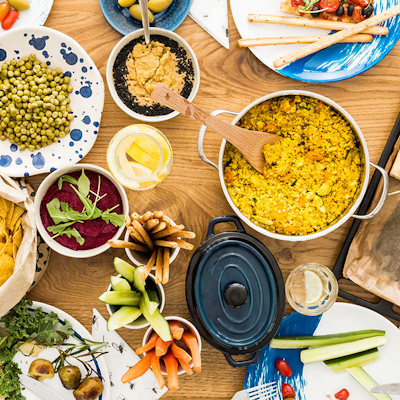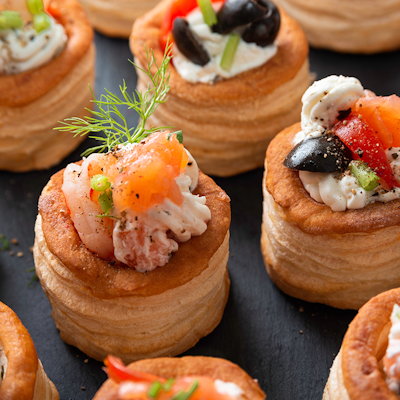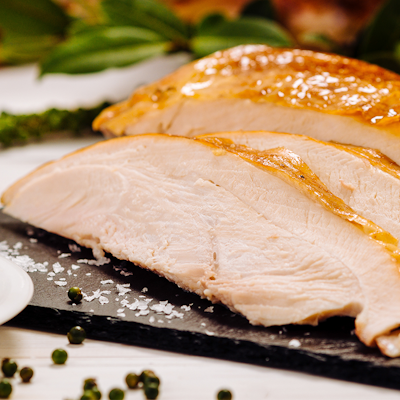Surprising Foods that Contain Sugar
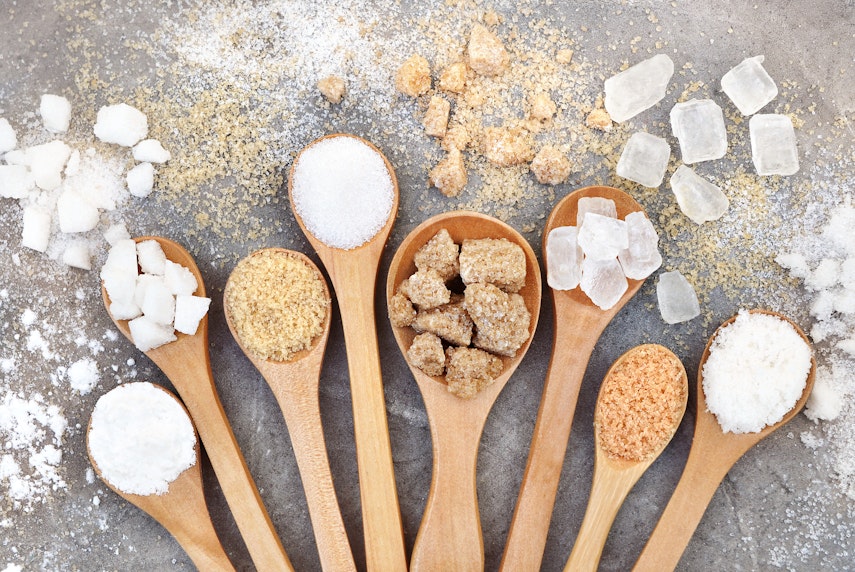
Eating too much sugar can be very detrimental to our health - a fact that’s not only a hot topic socially and politically, but the chief subject of The Erudus Podcast Season 2, Episode 1.
As consumers become more conscious of their health - with many trying to limit their sugar intake, it’s important that food businesses know exactly what’s on their menus. Many in hospitality will also find it to their benefit to offer reduced sugar options for those wanting healthier dishes, or those with health conditions such as diabetes.
With that in mind, we’re taking a look at how you can identify sugar on labels, how much sugar is recommended for people to consume and how to make easy swaps for those foods that are surprisingly high with their sugar content.
You may also be interested in…

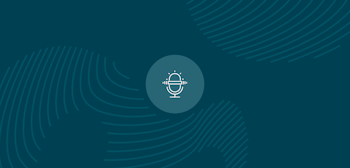
You may also be interested in…
The Erudus Podcast S2, EP 1 - Sugar Awareness
ReadWhat are other names for sugar on food labels?
Sugar can come under a range of names on food labels, here are a few of them:
- Corn Sugar
- Dextrose
- Fructose
- Glucose
- High fructose glucose syrup
- Honey
- Maple Syrup
- Agave syrup
- Invert sugar
- Isoglucose
- Levulose
- Maltose
- Molasses
- Sucrose
How much sugar should people consume per day?
Many of the sugars we consume can be labelled as “free sugars”, which by definition includes sugar added to food or drinks. Free sugars include anything from sugars in biscuits, chocolate, flavoured yoghurts, breakfast cereals and fizzy drinks. Sugars in maple syrup, agave, honey and unsweetened fruit juices, vegetable juices and smoothies also count as free sugars.
The government highlights that free sugars should not make up more than 5% of the energy (calories) that we get from food and drink per day. So breaking this down, it means that adults should have no more than 30g of free sugars per day, children aged 7-10 should have no more than 24g and children aged 4-6 should have no more than 19g of free sugars.
So what foods should people be conscious of and how can we make some swaps to make these healthier?
Let’s take a look…
Foods that have a surprisingly high sugar content
Breakfast Cereals
They say breakfast is the most important meal of the day, and many opt for cereal as a quick, tasty option - however, you might want to check the sugar content. Many breakfast cereals, granola and instant porridge pots can contain lots of added sugar in the form of syrups and dried fruit.
The healthier option: Plain porridge oats sweetened with berries and a slight drizzle of honey.
Coffee
Coffees sweetened with syrups, and special blends like frappes and frappuccinos can contain huge amounts of hidden sugars (some up to 45g).
The healthier option: A simple cappuccino or latte - and if opting for added syrups, try to go for sugar-free versions.
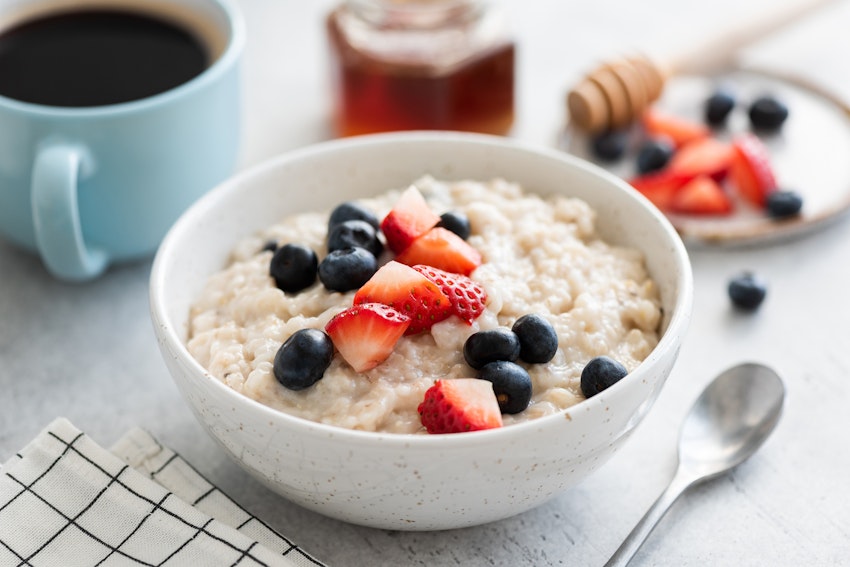
Bottled Smoothies
Smoothies are a great way for people to get their 5 a day. However, many pre-made smoothies are sweetened with excess fruit juice, syrups and even ice creams which can increase the sugar content tenfold - certain smoothies come in at over 54g of sugar for a single serving.
The healthier option: A homemade smoothie blended with fresh fruit, milk and natural yoghurt.
Fruit Juice
Fruit juices contain high levels of sugar, so be wary. It’s recommended to drink around 150ml of fruit juice for your daily intake.
The healthier option: A fruit juice that is made from 100% squeezed and not concentrate will have significantly less sugar than one made from concentrate, or anything labelled as a ‘fruit drink’.
Why do I need to be wary of fruit juice and smoothies but not the whole fruit?
Fructose - fruit sugar, adds to your intake of free sugars, but whole fruit does not. Why? Whole fruit contains fibre, vitamins and minerals which are great for your overall health. This fibre helps to slow down the speed of the fructose that is absorbed into the bloodstream and makes you feel fuller for longer. When you have fruit juice and smoothies, most of the fibre is removed when they’re made, so it’s easy to drink large amounts in a short space of time.
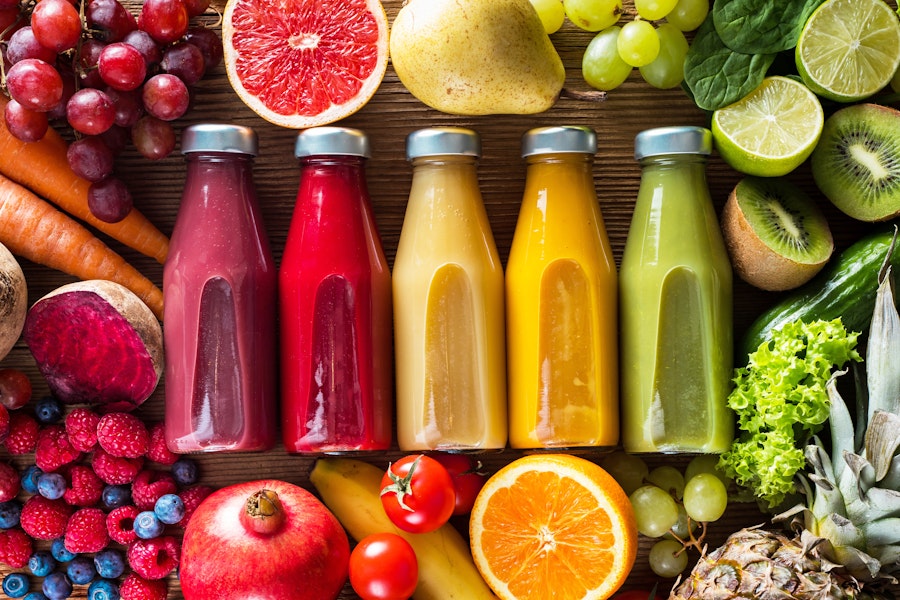
Dried Fruit
Did you know that a handful of cranberries can contain up to 27g of added sugar? When using dried fruit, it’s super important to watch your intake by looking at the ingredients.
The healthier option: Fresh versions of your favourite dried fruit, or a packet that is labelled as no added sugar.
Low-fat Yoghurt
Yoghurt can be nutritious, but similarly to other foods in the ‘low-fat’ category, low-fat yoghurts can have added sugar used to enhance the taste of the yoghurt.
The healthier option: Full fat, natural or greek yoghurt. Natural yoghurt has lots of nutrients, is high in protein and contains cultures that benefit gut health.
Ketchup & Barbecue Sauce
What’s a meal without the delicious condiments? Whilst they do add flavour, sauces such as tomato and barbecue sauce are culprits for containing lots of sugar - with around 33% of BBQ sauce being pure sugar.
The healthier option: A reduced sugar alternative. This month’s podcast guest is Elizabeth Jones, director of Real Good Ketchup, a no added sugar, allergen-free condiment Manufacturer.
You may also be interested in…
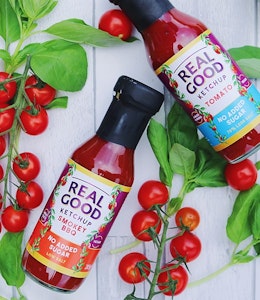
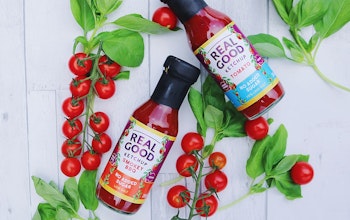
You may also be interested in…
Manufacturer Up Close: Real Good Ketchup
ReadPasta Sauce
Most tomato based pasta sauces will contain natural sugars due to the tomato, however many synthetic sauces contain added sugar.
The healthier option: Homemade pasta sauce, you can control all of the ingredients and can ensure no unwanted sugars are used. However, if you are buying a pre-made sauce, be sure to check the labels for the sugar content.
Baked Beans
Whilst baked beans can count as a nutritious food due to their high amounts of plant=based fibre and protein, a disadvantage is that they can be high in sugar. A serving of baked beans can include as much as 12g of added sugar.
The healthier option: A reduced sugar version, or you could try making your own simple and tasty pasta sauce with navy beans, tomatoes and seasonings.
Sports and Energy drinks
Sport and energy drinks were originally manufactured for elite athletes and marathon runners who needed readily available glucose for a source of energy. These days high-sugar sport and energy drinks are widely consumed by everyone from office workers to teenagers.
The healthier option: If an energy boost is what you’re after, opt for a cappuccino or a healthy homemade smoothie - or even a sugar-free energy drink if you can find one.
Non-dairy milk
For those who can’t eat dairy products or have a milk allergy, dairy-free milks are a great alternative. However, some brands can contain large amounts of sugar. Pair it with high-sugar cereal and those numbers will really be stacking up.
The healthier option: Unsweetened dairy-free milk.
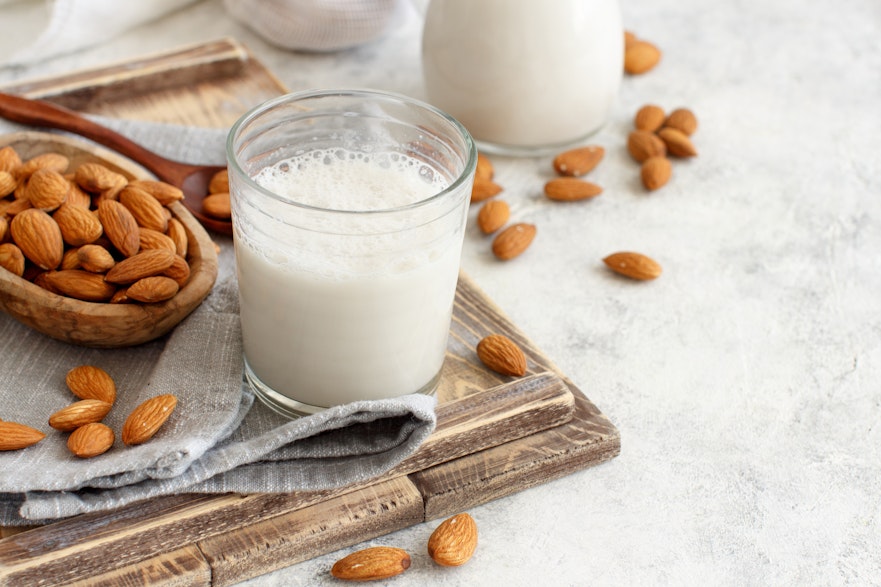
Bread
Bread is a staple in many people’s diets but watch out, the sugar content in the average slice of bread can be as high as 3g.
The healthier option: Whole grain bread or 100% whole wheat bread.
Pre-made Soup
Hearty, warming soups full of vegetables can pack a punch of nutrients (and will pair perfectly with toasted buttery bread). But whilst some soups can be nutritious, some can also contain high amounts of added sugars - some tomato soups contain as much as 21g of sugar in one can.
The healthier option: Homemade soup made using vegetables and stock, with celery, onion and herbs and spices for flavour.
Salad Dressings
Salad dressings can contain up to 6g of sugar per serving with light and fat-free versions coming up high on the list for added sugars.
Swap for: Hummus, tzatziki, citrus juices and vinegar can be great for adding some zest and flavour to salads that’s light on the sugar.
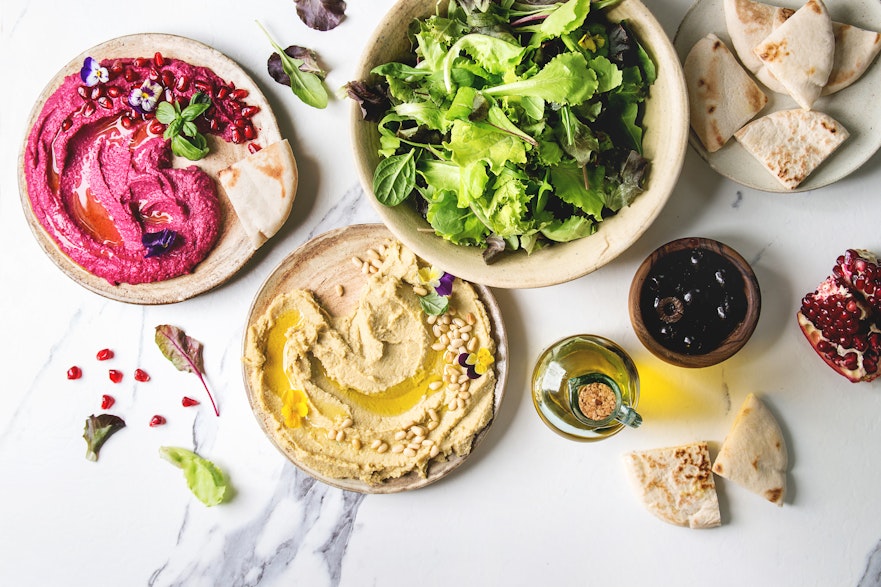
Erudus can help you create a low in sugar menu
With the Erudus Menu Planner you can see an overview of the nutritional content of a week's worth of meals. Menu Planner will aggregate the allergy, dietary and nutritional data for as many recipes as you choose and put it in one easy to read document. This way you can easily assess the sugar content of your menu and make adaptations to your nutritional goals for your menus.
